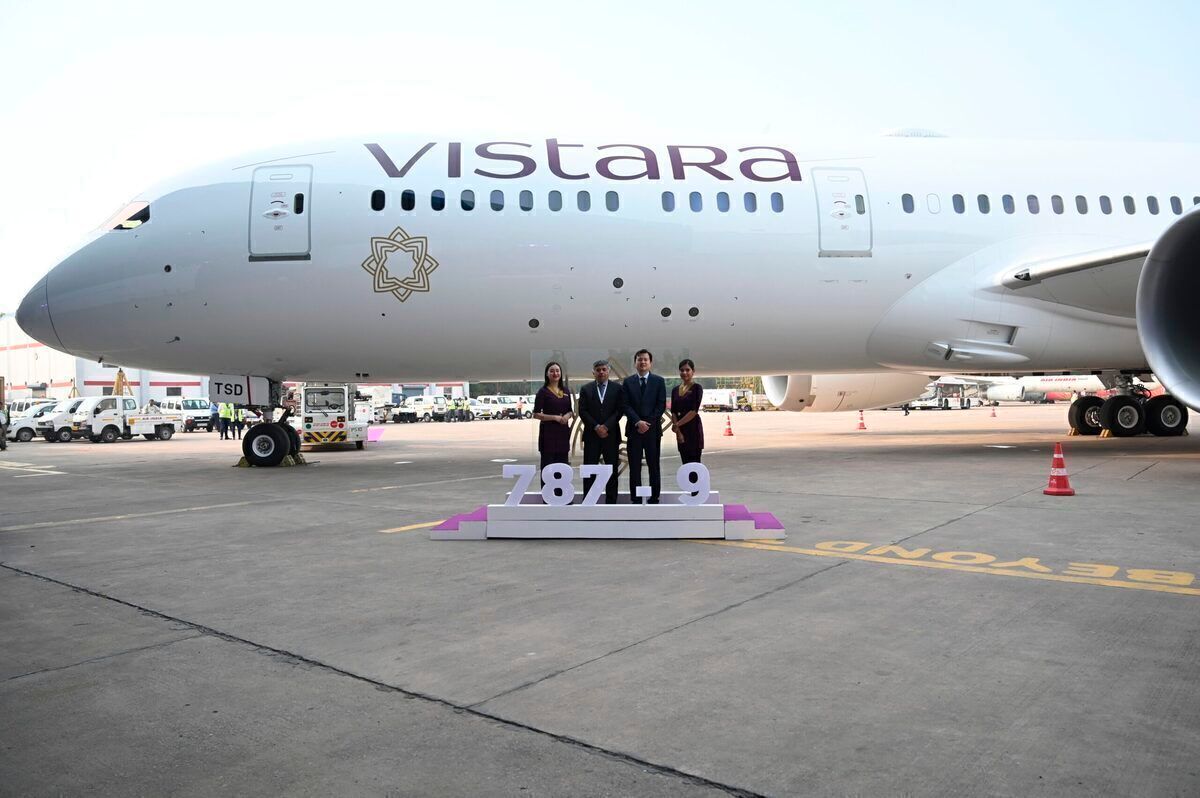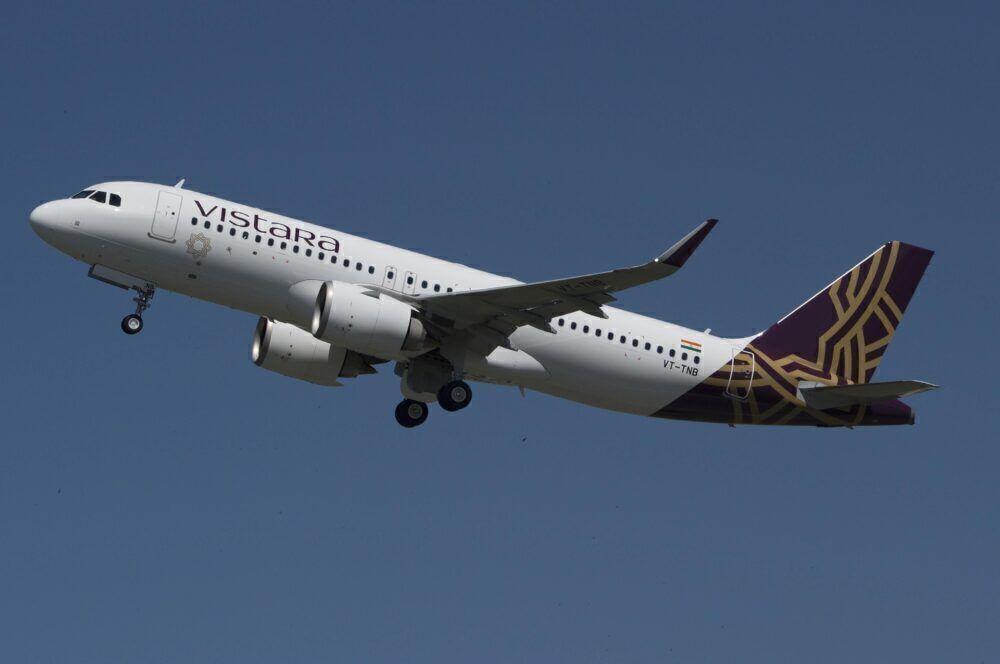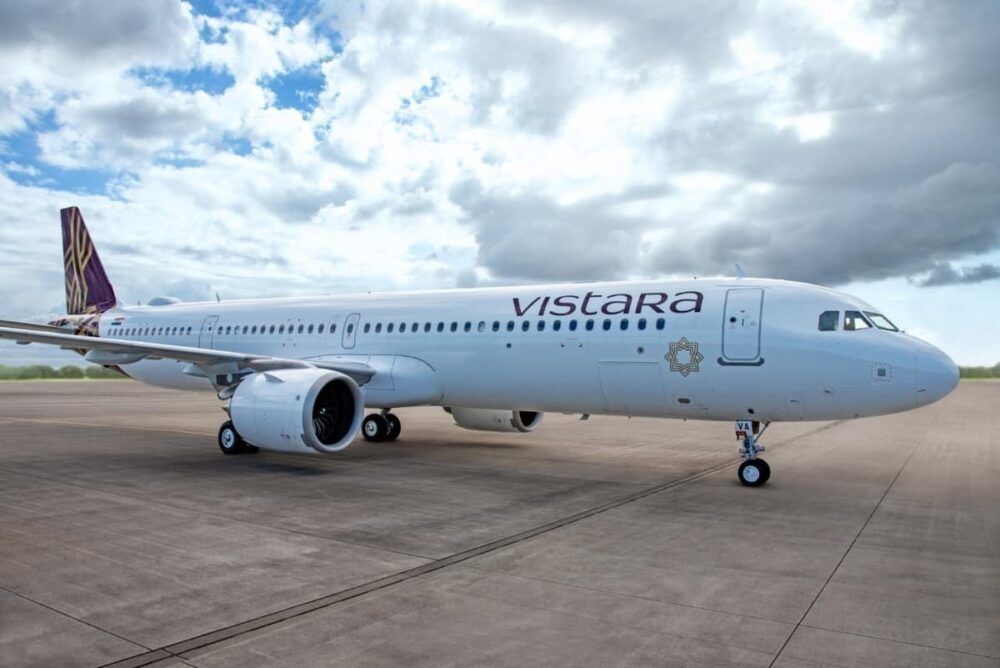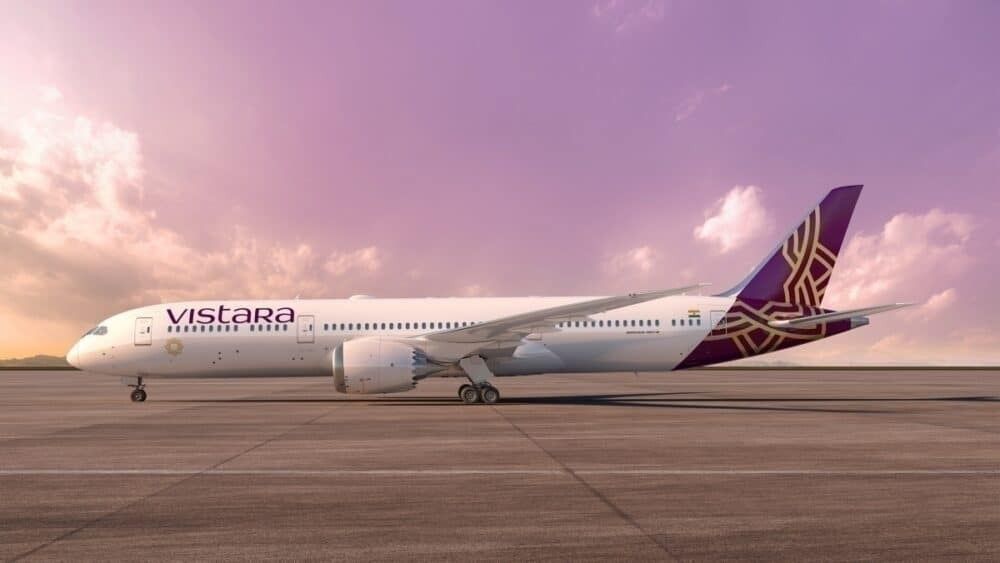First flying in 2015, Vistara has quickly grown in prominence from a small domestic operator to a long-haul airline. However, the carrier has no plans of slowing down, as it is looking to fly further than ever before. Let's take a look at Vistara's incredible growth in the last half-decade
New idea
Vistara was founded in 2013 by the Tata Group and Singapore Airlines. From early on, many were excited to see what a collaboration between one of India's conglomerates and one of the world's best airlines could bring about.
Since its conception, Vistara has focused on a full-service, premium travel model. This meant including a business and economy cabin on nearly all aircraft, as well as a new premium economy cabin. The latter was particularly unique since no Indian carrier offers premium economy on any aircraft.
The carrier operated its first flight, using an A320-200, from Delhi to Mumbai on 9th January 2015. From there, Vistara has quickly expanded to add new domestic destinations, but remained focused on its key goal: flying internationally.
Stay informed: Sign up for our daily and weekly aviation news digests.
International
Under Indian government rules, an airline cannot begin operating international services until five years of operation and a fleet of 20 aircraft. Vistara met these targets in 2019, allowing them to officially start international flights and make better use of its premium-heavy aircraft.
The carrier's first routes out of the country were from Delhi and Mumbai to Singapore on 6th and 7th August 2019. Considering Singapore Airlines' ownership stake, both carriers already had codeshare agreements in place to attract more traffic.
After Singapore, the airline added Dubai, Bangkok, Colombo, Kathmandu, Dhaka, Doha, Male, Sharjah, and more. All of these short- and medium-haul international routes were a part of Vistara's strategy to become the go-to premium airline for travelers from India. However, there is still one more segment the airline is heavily investing in.
Long-haul
Perhaps one of the most oft-discussed aspects of Vistara is its long-haul operations. The carrier received its first Boeing 787-9 in early March 2020, opening the door to many more routes for the carrier. However, the pandemic delayed any plans of long-haul flights, as India grounded all international air services.
However, Vistara quickly bounced back from these tricky conditions, taking on a second 787 in August. This allowed the carrier to announce its first long-haul route: New Delhi to London Heathrow. After expanding London flights to Mumbai as well, the carrier opted to fly to Frankfurt, serving two of Europe's busiest airports.
Travel restrictions have meant that Vistara has been unable to expand into several routes it was hoping to in 2019. Despite this, the carrier announced that it would begin serving Tokyo Haneda from this June, its first long-haul routes in East Asia.
One of the most exciting developments for Vistara has also been its recent request to begin services to the United States. If the airline were to fly to the US, it would be in competition with Air India and United, boosting connectivity between the countries.
As travel demand recovers, expect to see Vistara continuing to expand in the domestic and international markets.
What do you think about Vistara's growth in the last six years? Have you ever flown with them? Let us know in the comments!




